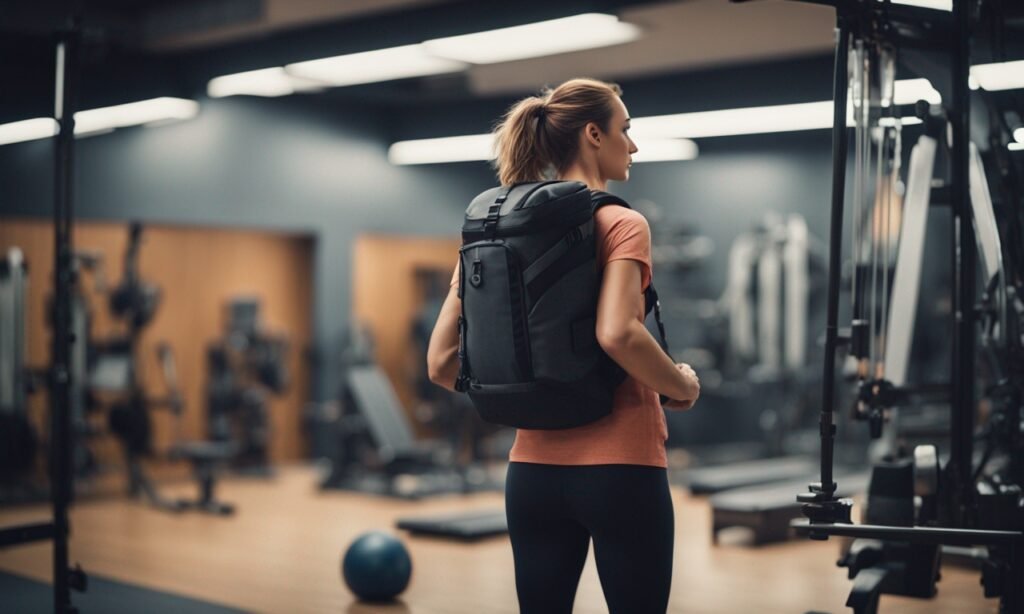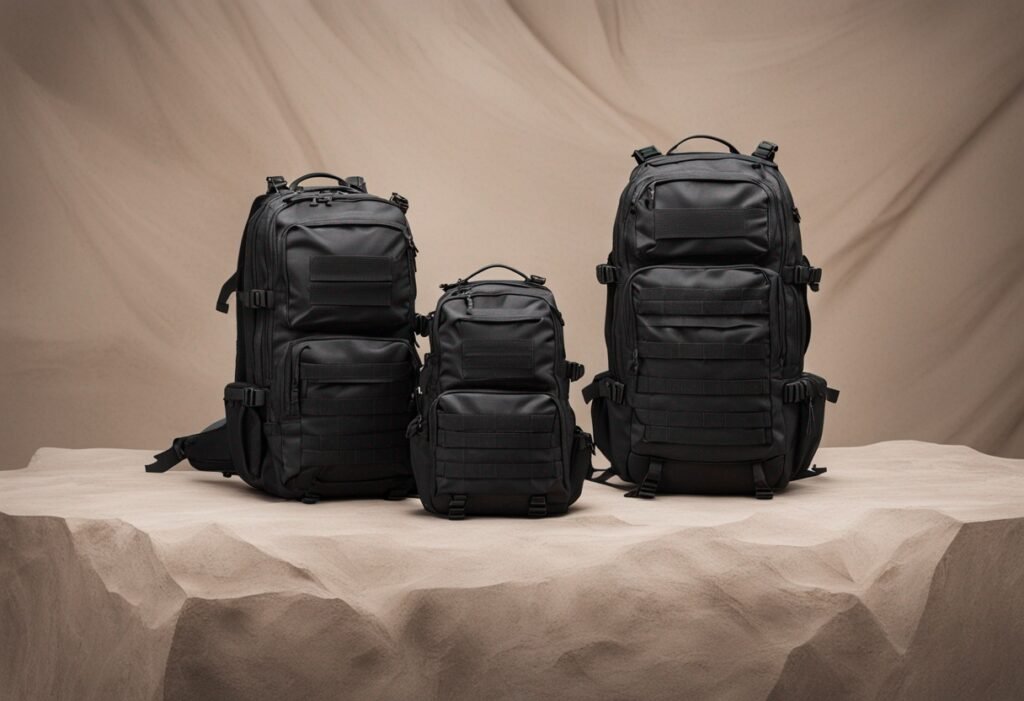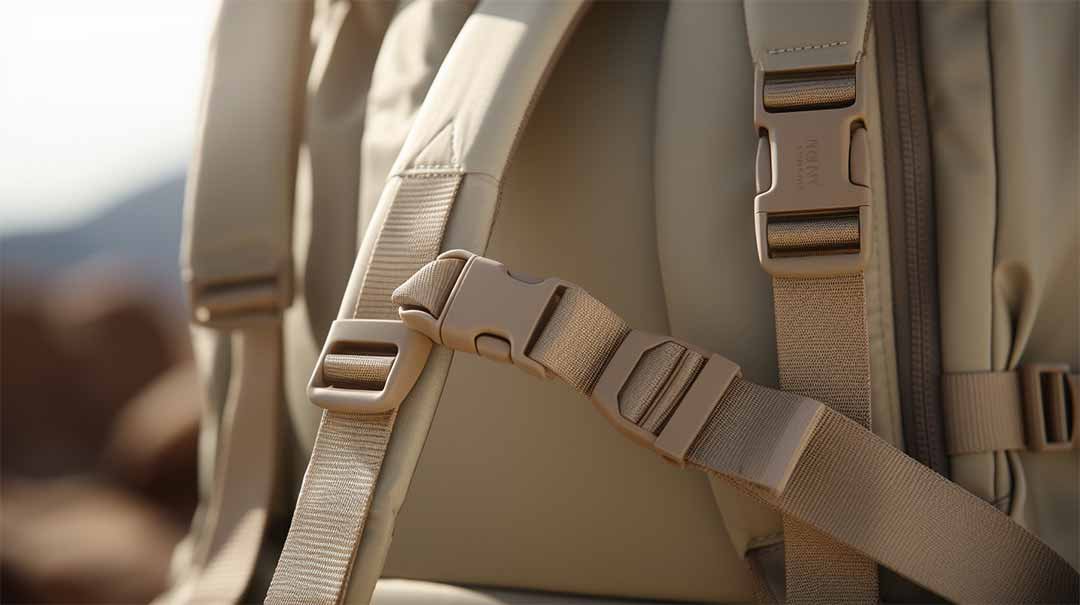Rucking, in simple terms, is walking or hiking with a weighted backpack. It’s as straightforward as that. But don’t be fooled by its simplicity—rucking can be a game-changer for your fitness routine.
A rucking pack is designed for rucking, which involves walking or hiking with a weighted pack. Unlike regular backpacks, rucking packs are built to handle heavy loads, with reinforced stitching, sturdy materials, and comfortable straps that distribute weight evenly. They also often include features like hydration bladder compatibility, MOLLE webbing for attaching extra gear, and multiple compartments for organizing weight plates and other items.

What is Rucking?
Definition of rucking
Rucking is derived from the military practice of marching with heavy gear. Today, it’s a popular fitness activity that combines cardio and strength training. Imagine hiking, but with a mission.
History of rucking
This practice has military roots, dating back to when soldiers carried their gear across long distances. It’s a civilian fitness trend, blending practicality with physical challenge.
Benefits of rucking
Rucking is a full-body workout that burns calories, builds muscle, and boosts endurance. Plus, it’s low-impact, making it accessible to most people. Who wouldn’t want to get fitter just by walking?
The Anatomy of a Rucking Pack
Key features
A rucking pack isn’t just any old backpack. It has specific features designed for carrying weight comfortably: reinforced stitching, padded straps, and a solid frame.
Types of rucking packs
From tactical military-style packs to sleek, modern designs, there’s a rucking pack for every style. Whether you’re a minimalist or a gearhead, there’s something out there for you.
Materials used
Durability is key. Most rucking packs are made from heavy-duty materials like nylon or canvas. Waterproofing is also a common feature, keeping your gear dry in all conditions.
Choosing the Right Rucking Pack
Assessing your needs
Identify the primary use of your rucking pack. Are you using it for fitness, hiking, or daily commuting? For fitness, look for packs with minimal but sturdy design. For hiking or multi-day trips, consider packs with larger capacity and additional features like hydration bladder compatibility and multiple compartments.
Size and capacity considerations
Match the pack’s capacity to your needs. For fitness rucking, a smaller pack (10-20 liters) might be sufficient. For hiking or multi-day adventures, opt for a pack with a capacity of 30-50 liters. Ensure it can comfortably carry the weight you intend to ruck with.
Comfort and fit
Choose packs made from high-quality, durable materials like ballistic nylon or Cordura. Check for reinforced stitching, strong zippers, and robust buckles. A well-made pack will withstand the elements and the rigors of regular use, ensuring longevity and reliability.

Top Features to Look For
Durability
Your pack should be able to withstand a beating. Reinforced seams and tough materials are a must.
Waterproofing
A waterproof pack is your best friend when the weather turns. Look for water-resistant zippers and materials.
Straps and harnesses
Padded shoulder straps and a good hip belt can make a world of difference. They help distribute weight and reduce fatigue.
Pockets and compartments
Organization is key. Multiple compartments and pockets help you keep your gear accessible and balanced.
Real-Life Rucking Stories
Testimonials from Ruckers
“I started rucking a year ago, and it’s been a game-changer for my fitness. I love how it combines strength training with cardio,” says Jane, an avid rucker.
Personal Experiences
“I used to hate running, but rucking has made me enjoy getting outside and moving. Plus, it’s a great stress reliever,” shares Mike, a former couch potato turned rucking enthusiast.
Rucking Packs for Different Activities
Military and Tactical Use
Rucking packs are a staple in military training. They’re designed to withstand the harshest conditions and carry essential gear efficiently.
Outdoor and Adventure Rucking
For hikers and adventurers, rucking packs provide the durability and capacity needed for long treks and rugged terrain.
Everyday Use
Some people use rucking packs for their daily commute or as a versatile daypack. Their robust construction and multiple compartments make them practical for everyday use.
Rucking Pack Accessories
Essential Add-Ons
Hydration bladders, weight plates, and extra padding are essential accessories that can enhance your rucking experience.
Nice-to-Have Extras
Consider adding items like rain covers, MOLLE pouches, and reflective strips for added functionality and safety.

Common Mistakes When Using a Rucking Pack
Overpacking
Result: Overpacking can cause back, shoulder, and knee strain, affecting balance and increasing injury risk. It also makes rucking more exhausting.
Correct Way: Start with 10-20% of your body weight and gradually increase it. Pack only essentials and distribute weight evenly. Use compartments and weight plates to keep the load stable.
Incorrect Weight Distribution
Result: Improper weight distribution leads to discomfort, poor posture, muscle fatigue, and higher injury risk. It also makes balancing difficult, especially on uneven terrain.
Correct Way: Place heavy items close to your back and center them. Use compartments for even distribution. Adjust shoulder straps and waist belts for a snug fit to prevent shifting. Regularly check and adjust as needed for comfort and balance.
Rucking Pack Training Tips
Beginner Tips
Start with a manageable weight and gradually increase it as your strength improves. Focus on maintaining good posture and form.
Advanced Techniques
For seasoned ruckers, try incorporating varied terrains and paces into your rucking routine. This will challenge your body and improve overall fitness.



FAQs
What weight should I start with in a rucking pack?
If you’re new to rucking, start light—around 10-15% of your body weight is a good rule of thumb. You can gradually increase the weight as you get more comfortable and build strength. Remember, it’s about consistency, not just the weight.
How often should I clean my rucking pack?
It depends on how often you use it and the conditions you ruck in. Generally, a good cleaning every few months should suffice. However, if your pack gets really dirty or sweaty, it’s a good idea to give it a quick wipe-down after each use to keep it fresh.
Can I use a regular backpack for trucking?
You can, but it’s not ideal. Regular backpacks aren’t designed to carry heavy weights comfortably, and you might end up with sore shoulders or a strained back. Investing in a dedicated rucking pack will make your experience much more enjoyable.
What’s the best way to prevent blisters while trucking?
Blisters are the bane of every rucker’s existence. To prevent them, wear well-fitted, moisture-wicking socks and consider applying an anti-chafing balm to hotspots on your feet. Also, make sure your boots or shoes are properly broken in before embarking on a long ruck.
Is rucking safe for everyone?
Rucking is generally safe for most people, but like any physical activity, it’s important to listen to your body. If you have existing health conditions or concerns, it’s always a good idea to consult with a healthcare provider before starting a rucking regimen. Start slow, build up gradually, and focus on maintaining good form to avoid injury.







